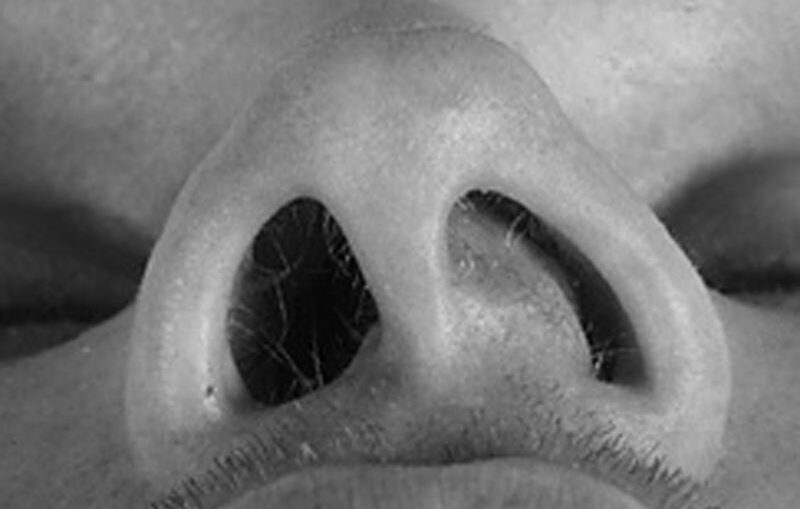A deviated septum refers to a displacement of the thin wall within the nose that separates the nasal cavity. A deviated septum occurs when your nasal septum ― the thin wall between your nasal passages ― is displaced to one or both sides.
In some people, the nasal septum is off-center and can make one or both nasal passages smaller. Depending on the severity of the deviation, it can reduce airflow, causing difficulty breathing through one or both sides of your nose.
Symptoms: Let’s take a quick look at the symptoms of deviated septum. A minor deviation of your nasal septum won’t change how your nose works – so you probably won’t even notice it. But if your deviated septum is more severe, there may be more noticeable symptoms include Snoring or sleep apnea, Sneezing attack, Postnasal drip,Sinus infections etc.
Causes of Deviated Septum
Birth: A deviated septum may also be congenital, or present at birth. The deviation may be from a difficult birth or connective tissue disease.
Natural growth: It may also be a result of normal development. As the nose grows, the septum also grows and can sometimes grow towards one side. This is typically the most common reason to have a deviated septum according to an article from Cleveland clinic published on 17th march 2021.
Injury: Traumatic or injury-induced deviations later in life tend to have an extreme angle, are irregular in shape, and impact all septal regions equally. Injury-related deviations may also include dislocated or fractured portions of cartilage.
Infections: Frequent sinus infections, sinus infections that are resistant to medication can lead to deviated septum
And finally, if you’re having difficulty breathing or your symptoms are affecting your quality of life, a good first step is to make a primary care appointment. It’s a necessity to always meet with your medical provider for proper care.



